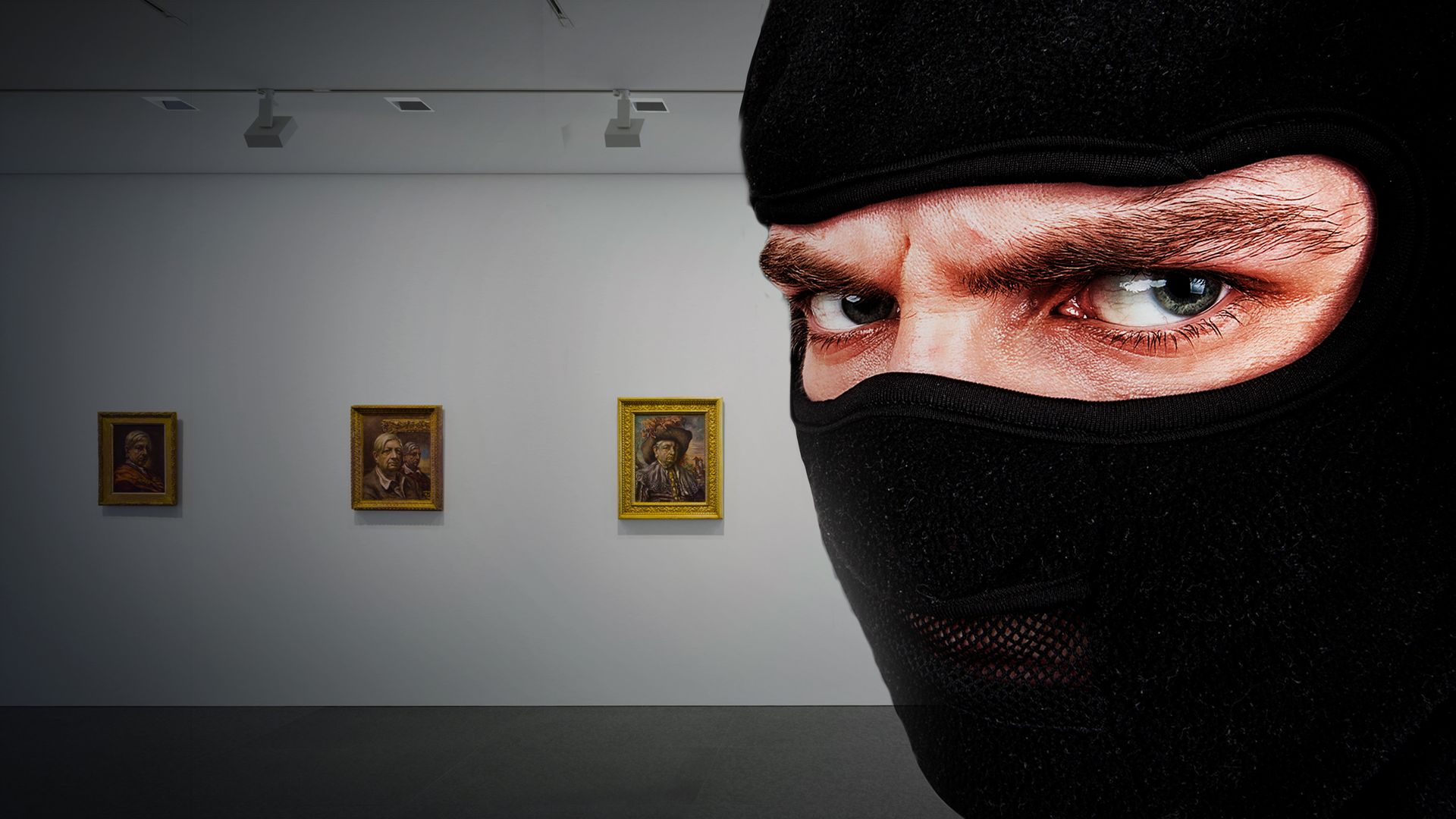

Art Trafficking: A Grey Market
Art Trafficking: A Grey Market
The trafficking of antiquities ranks third among the world's black markets. Primarily supplied by pillaging and clandestine archeological digs, this trafficking feeds the legal art market. It floods galleries and museums, and it deprives populations an increasingly larger portion of their cultural heritage. A growing number of pillaged nations are demanding restitution of their stolen treasures. Their demands have long been ignored. But ISIS's recent ransacking in Iraq and Syria has raised awareness and sparked outrage. The general consensus is that action is urgently required. But which States have the means to do so?
The trafficking of antiquities ranks third among the world's black markets. Primarily supplied by pillaging and clandestine archeological digs, this trafficking feeds the legal art market. It floods galleries and museums, and it deprives populations an increasingly larger portion of their cultural heritage. A growing number of pillaged nations are demanding restitution of their stolen treasures. Their demands have long been ignored. But ISIS's recent ransacking in Iraq and Syria has raised awareness and sparked outrage. The general consensus is that action is urgently required. But which States have the means to do so?
Related Articles
View All5 Famous Art Theft Cases
Daring art heists have been a temptation for criminals and obsessive collectors since artworks evolved from permanent images on cave walls to displays in museums, galleries, and…